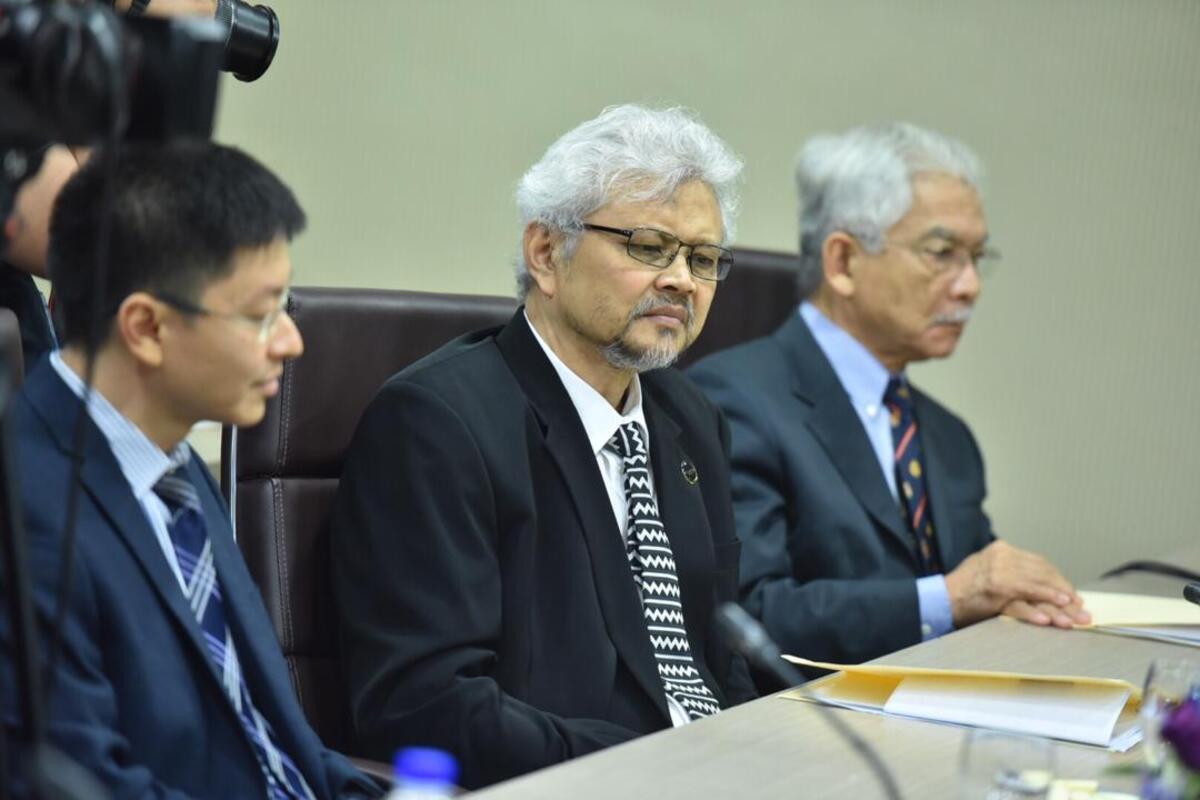KUALA LUMPUR, Jan 18 – Consultant paediatrician Dr Musa Nordin has suggested forming a joint task force between the Ministry of Health (MOH) and the Ministry of Higher Education (MOHE) to tackle ongoing doctor shortages and staffing issues in MOH and university hospitals.
Dr Musa said that addressing the shortage through “piecemeal tweaking”, like house officer transfers to Universiti Malaya Medical Centre (UMMC), was “not the way forward”.
“There is an urgent need for the political governance to reset the agenda and get the top players of the two ministries to form a task force which is authorised with the right powers to address the issues, which would certainly involve several other agencies and may encounter legal matters,” Dr Musa told CodeBlue when contacted on Tuesday.
In a response to CodeBlue’s report Monday highlighting a “dire” shortage of house officers (HOs) and medical officers (MOs) within UMMC’s Department of Medicine (DOM) that prompted a “Zero HO Protocol”, Dr Musa called for a paradigm shift in mindset and strategies between Health Minister Dr Dzulkefly Ahmad and Higher Education Minister Zambry Abdul Kadir.
“Stop the silo operations of previous administrations. Transform the operations of learning, teaching, training, and working of health care work force,” Dr Musa posted in a thread on X.
A few doctors recently claimed that UMMC was not the only university hospital facing a critical shortage of housemen, alleging that Hospital Canselor Tuanku Muhriz UKM, known better as HUKM, also would no longer receive trainee doctors because the MOH wants to prioritise HO allocations to its own hospitals.
Dr Musa urged the MOH and MOHE to harmonise the distribution of house officers and medical officers, address salary implications for junior doctors, rectify the maldistribution of the health care workforce, and review the parallel pathway and Master of Medicine programmes.
Dr Musa said a joint MOH-MOHE taskforce should have a clearly defined source of power, specific objectives, anticipated outcomes, timelines, and cost implications to once and for all mitigate, if not solve, the perennial “disharmony and distrust” at the operations level.
“There is much bad blood between the health care staff on the ground and this has been unfortunately compounded by leaders in the MOH and academia with ‘extreme opinions’,” Dr Musa told CodeBlue.
He cited examples of conflicts, such as academics pushing for Master’s programmes with little regard for other training programmes, while some in the MOH and the Malaysian Medical Council (MMC) advocated for the parallel pathway, overlooking Master’s programmes.
“We terribly need level-headed leaders in the MOH and MOHE who are aware of the various training nuances but rise above the petty differences and attempt to harmonise the two programmes and explore the opportunity to enhance the quantity of postgraduates, yet jealously protecting the quality of our trainees,” Dr Musa said.
In a separate post on X, referring to CodeBlue’s report on the Zero HO Protocol at UMMC’s Department of Medicine to operate under the assumption that it no longer has the services of trainee doctors, Dr Musa said that the university hospital had “asked for it” due to its poor treatment of housemen.
“Learning and training bogged down by incessant IV antibiotics, drugs, ECG, CXR, dextrostix, chasing results, portering, instead of real clinical work,” he posted.
Later, when clarifying with CodeBlue, Dr Musa made it clear that he wasn’t blaming UMMC, but was merely stating a factual observation.
“As a paediatrician who previously served the MOH for 15 years my thoughts may be perceived as biased towards the MOH with only a brief two-year stint with a local public university and another five years with a private university.
“I am not blaming UMMC, I am just stating a fact. Many UM trained doctors from the past and present (now transitioning to nurses) have verified this fact,” Dr Musa said.
He said UMMC’s insistence on junior doctors handling certain tasks, such as intravenous lines and drug administration, was historically due to nurses not being trained for these procedures until around a decade ago.
Dr Musa underlined the need to move beyond outdated practices, highlighting that nurses and allied health care professionals are now trained and credentialed to handle more than routine procedures.
He argued that tasks like IV lines, delegated to trained nurses, phlebotomists, and other support staff, could be more efficiently handled, allowing junior doctors to focus on more complex clinical learning and skills.
“We cannot allow ourselves to be trapped in a time warp. Nurses and other allied health care professionals today are trained, credentialed and privileged to do more than just these mundane procedures.
“Due to its routine and repetitive nature, these skills soon become an area of diminishing returns and more challenging and pressing clinical learning and skills needs to be prioritised for the HOs.
“In fact my neonatal nurses in the NICUs in Seremban, KL and Johor Bahru and now KPJ Damansara Specialist Hospital are far superior than many paediatric MOs in various neonatal procedures, not just IV lines and venepunctures,” Dr Musa said.
“Elsewhere in the UK, Australia, our own private hospitals and I suspect MOH and university hospitals too, have a phlebotomy team who have mastered the skill of blood taking and would certainly relieve the burden on the HOs and the nurses.
“It may be fair enough to engage a phlebotomist to withdraw blood from the adult patients, but my neonatal and paediatric nurses do a far better job and less painful venepunctures than them.”








